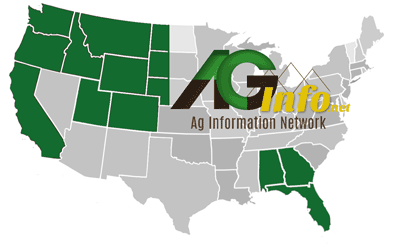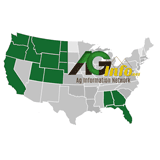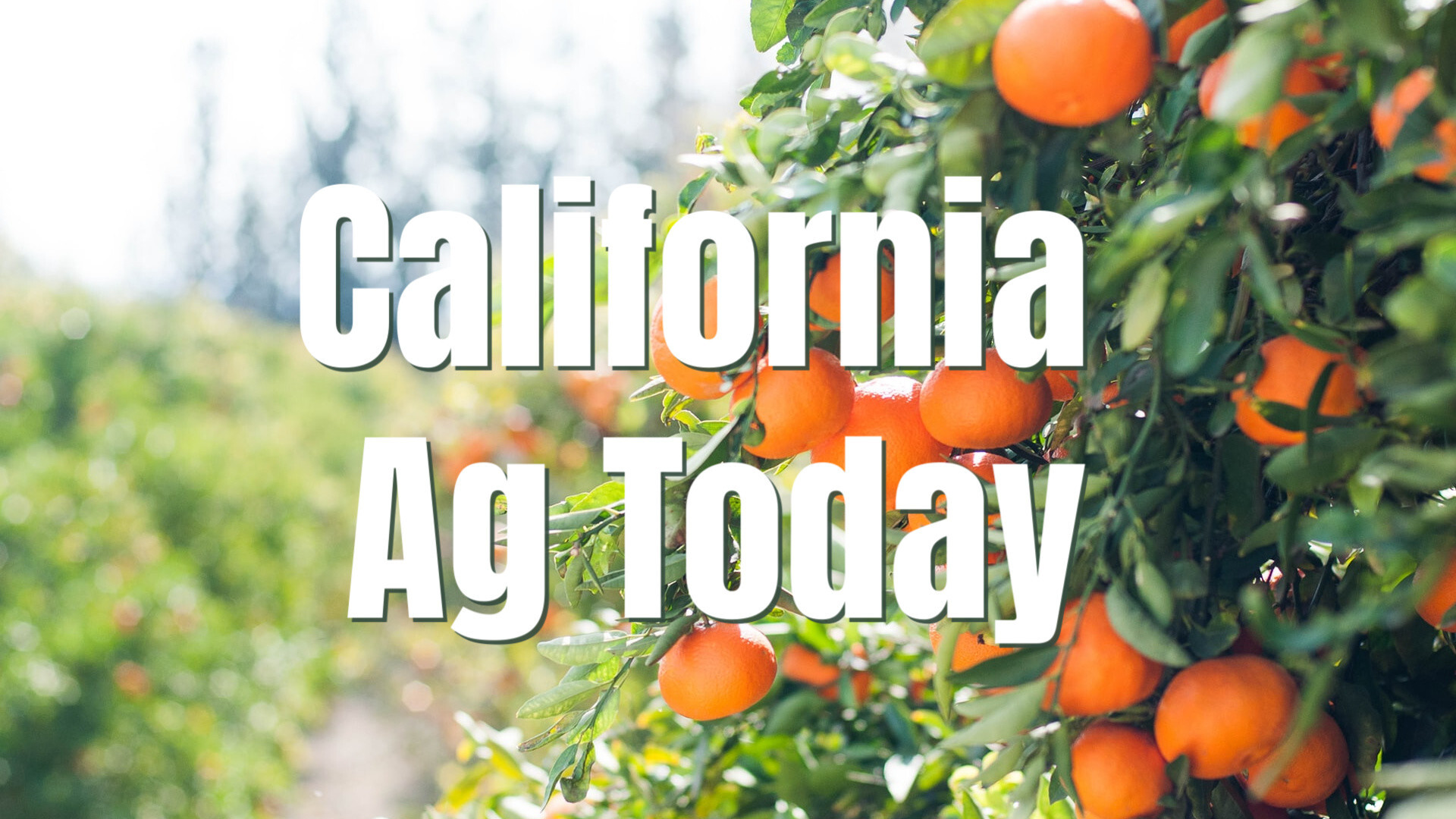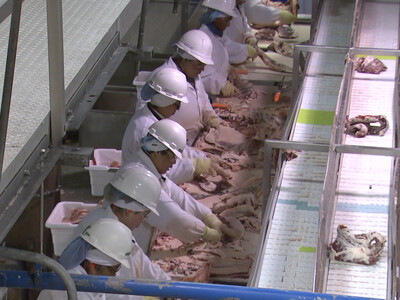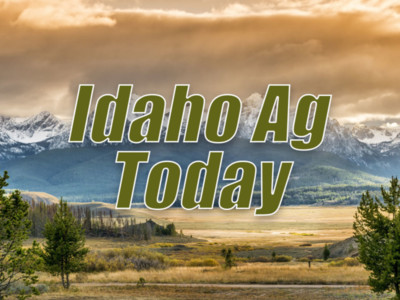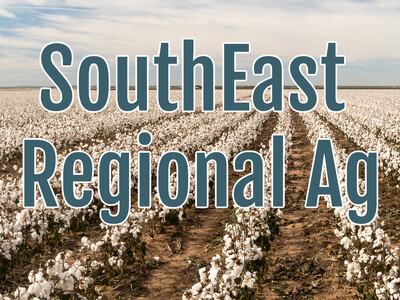Wolves and the Bottom Line: UC Davis Tracks Costly Cattle Conflicts
Motion-activated cameras, GPS collars, scat analysis and cattle hair samples are helping researchers better understand how California’s protected gray wolf population is affecting ranchers—and the costs are steep.From 2022 to 2024, scientists tracked wolf and cattle interactions across northeastern rangelands. They found one wolf can cause $69,000 to $162,000 in direct and indirect losses through lowered pregnancy rates and decreased calf weight gains. Total indirect losses could reach up to $3.4 million. Scat samples showed that 72% contained cattle DNA, and hair cortisol levels confirmed cattle in wolf areas were more stressed.
Trail cameras even caught wolves chasing cattle at night, offering rare visual confirmation of the stress events. The research was funded by the USDA, the California Cattle Council, and others.
Experts say the work helps inform conversations as the state shifts to a new phase of wolf management, including updated strategies and tools to reduce conflicts. “We do need to get toward some kind of coexistence,” said rangeland scientist Ken Tate in a UC Davis press release. “We don’t know what that looks like yet—but it’s not what we’re doing now.”
For more: https://www.ucdavis.edu/food/news/novel-study-calculates-cost-cattle-ranchers-expanding-wolf-population
